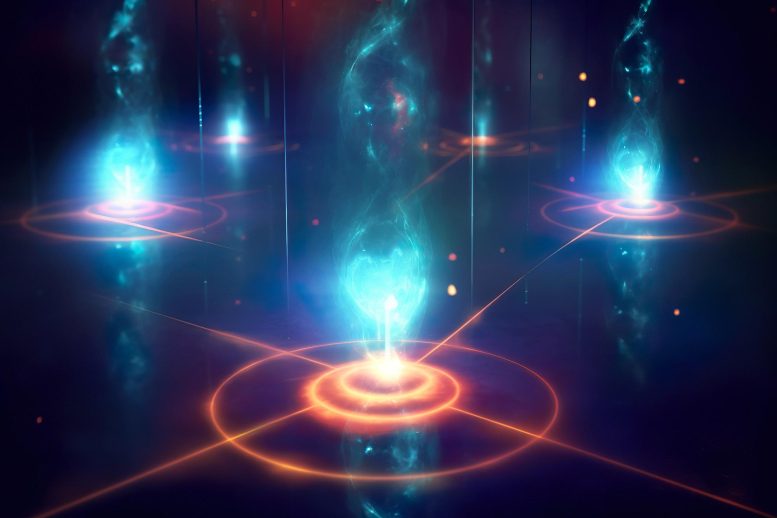
Researchers from several Chinese institutions have set a new world record by achieving a non-relay quantum key distribution over 1,002 km. This advancement, utilizing twin-field QKD, ultra-low-loss fiber, and ultra-low-noise superconducting single-photon detectors, signifies a major step towards high-speed intercity quantum communication networks.
A point-to-point long-distance quantum key distribution (QKD) over a distance of 1,002 km has been achieved by scientists from the University of Science and Technology of China (USTC) of the Chinese Academy of Sciences (CAS), and their collaborators from Tsinghua University, Jinan Institute of Quantum Technology, and Shanghai Institute of Microsystem and Information Technology (SIMIT), CAS. This milestone not only sets a new world record for non-relay QKD but also provides a solution for high-speed intercity quantum communication. The result was published in the journal Physical Review Letters on May 25th.
QKD is based on the principles of quantum mechanics and enables secure key distribution between two remote parties. When combined with the “one-time pad” encryption method, it can achieve the highest level of security for confidential communication. However, the distance of QKD has been limited by factors such as the channel loss and system noise.
The twin-field QKD (TF-QKD) using sending-or-not-sending (SNS) protocol was demonstrated in the experiment, improving the relation between the key rate and channel transmittance from a linear η to its square root η. Therefore, it can achieve a much longer secure distance than traditional QKD protocols.
To achieve long-distance QKD, the research team collaborated with Yangtze Optical Fibre and Cable Joint Stock Limited Company (YOFC) and used ultra-low-loss fiber based on pure silica core technology, which achieved a maximum attenuation of 0.16 dB/km. SIMIT developed ultra-low-noise superconducting single-photon detectors. By implementing multiple filters at temperatures of 40 K and 2.2 K to suppress dark counts caused by thermal radiation, the noise of the single-photon detectors was reduced to around 0.02 cps. Furthermore, the team also developed a dual-band phase estimation scheme to avoid the spontaneous Raman scattering noise, reducing the system noise to below 0.01 Hz.
Based on the aforementioned technological developments, the team achieved TF-QKD over a record distance of 1002 km, with a key rate of 0.0034 bps. This work not only verifies the feasibility of the SNS-TF-QKD scheme at extremely long distances but also demonstrates that this protocol can achieve high key rates in many practical scenarios.
The success of this study holds significant implications for the advancement of secure quantum communication. It opens up new possibilities for long-distance quantum key distribution and paves the way for the realization of high-speed intercity quantum communication networks.
Reference: “Experimental Twin-Field Quantum Key Distribution over 1000 km Fiber Distance” by Yang Liu, Wei-Jun Zhang, Cong Jiang, Jiu-Peng Chen, Chi Zhang, Wen-Xin Pan, Di Ma, Hao Dong, Jia-Min Xiong, Cheng-Jun Zhang, Hao Li, Rui-Chun Wang, Jun Wu, Teng-Yun Chen, Lixing You, Xiang-Bin Wang, Qiang Zhang and Jian-Wei Pan, 25 May 2023, Physical Review Letters.
DOI: 10.1103/PhysRevLett.130.210801


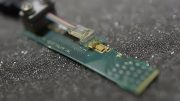

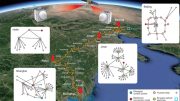
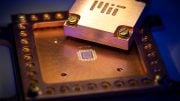
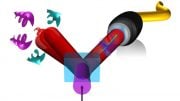

According to the topological vortex gravitational field theory, it may be easier to capture Quantum information by using the natural deflection and coupling of topological materials.
And now we can begin. My hands please.
[email protected]